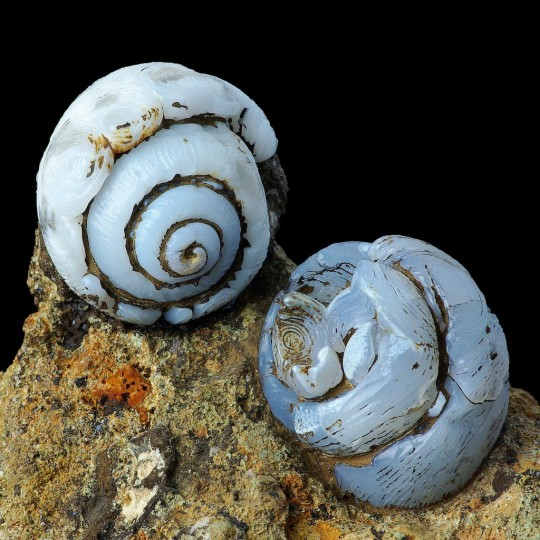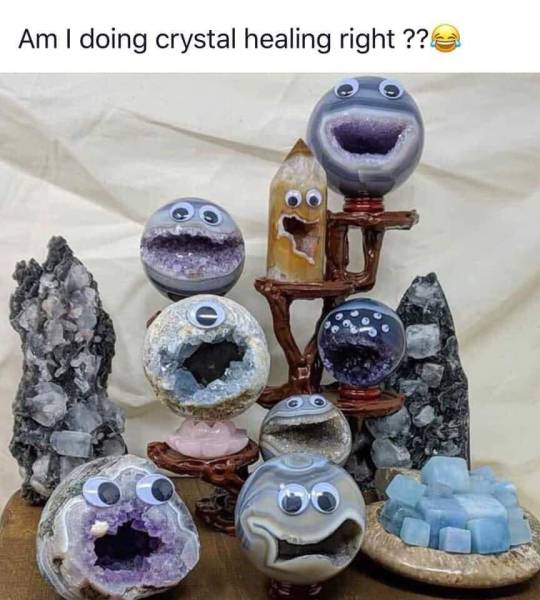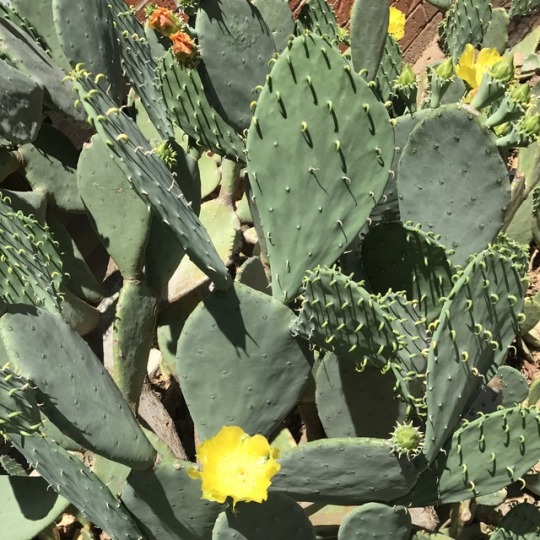Hi! I'm Carlos, but more importantly, I'm a scientist! That means that the most important thing I do is study science! Oh, and, Cecil's my husband!! We are happily married. The seventeenth thing a scientist needs to be is able to answer questions and develop ways to answer questions, so I will answer science questions you may have! Also other kinds of questions, but I really enjoy science questions.
Don't wanna be here? Send us removal request.
Photo










Cactus blooms from around the yard- Phoenix AZ
897 notes
·
View notes
Photo

Helix Ramondi (land snail fossil) epigenised with Lussatite - Dallet, France
1K notes
·
View notes
Photo

Very Beautiful Rhodochrosite From Argentina
Photo: Ignacio Adrian Tepman
Amazing Geologist
107 notes
·
View notes
Photo

Final for Brachiosaurus altithorax! During the Late Jurassic (154 to 153 million years ago) Brachiosaurs traveled around what would eventually become the Western United States. It was first discovered in the Colorado River Valley by Elmer S. Riggs and was named Greek for “arm lizard” based on the length of their front limbs being longer than that of their back legs.
Their long legs and giraffe-like neck positioning is believed to have aided them in feeding on vegetation much higher than other Sauropod dinosaurs that lived at the time.
Sadly we do not have a complete skeleton of Brachiosaurus, despite how well known it is most of the measurement estimates are based on another member of it’s family, Giraffatitan which was discovered in 1914 in Tanzania by Werner Janensh.
Brachiosaurus itself is estimated to have been around 69 feet long and to have weighed about 64 tons. Sauropods would get much bigger, but it’s safe to say that it was among the largest animals around in Jurassic North America.
It’s enormous size was made much more manageable by a respiration system similar to that of modern birds. Air sacs distributed oxygen to large parts of the body and hollow formations in at least some of it’s bones helped to keep weight down much better than the bone structure of a mammal of a similar size.
Fossil evidence now suggests that Brachiosaurs, like many other sauropods were warm-blooded and were at least able to maintain stable internal body temperatures and possibly being able to control those temperatures to some degree.
While other specimens have been assigned to the Brachiosaurus genus over the least century, currently B. altithorax is the only species recognized by science to be a true member.
342 notes
·
View notes
Photo


Quartz with Papagoite inclusions - Messina Mine, Musina, Limpopo Province, South Africa
1K notes
·
View notes
Photo

Cute Dinosaur Plushie from Dino Goods
1K notes
·
View notes
Photo


Result of the chromatographic separation of a reaction mixture containing some elemental iodine.
Iodine is a quite spectacular thing in an organic lab, compared to most reactions. Since it’s deep color and high solubility in several solvents it is easily removed even if sodium thiosulfate is not possible to use. In this case the reaction products were washed with hexanes an the iodine eluted quite easily as seen on the above pictures.
It is interesting to see that most of the iodine is in the first few test tubes, even traces of this halogen could cause a strong color as seen on the right side of the picture where only traces is dissolved in the solvent.
738 notes
·
View notes
Photo


Zincian Dolomite - Tsumeb Mine, Otavi Highlands, Namibia
916 notes
·
View notes
Text



My mom’s pit bull Rolland 🥰 he’s a giant love monster and he’s ALWAYS sleepy
585 notes
·
View notes
Photo


Dinosaur Nightlights from ModCloth
Triceratops & T-Rex
743 notes
·
View notes
Photo


Elbaite and Quartz - Pyingyi Taung, Male, Letpanhla, Singu Township, Pyin-Oo-Lwin District, Mandalay Region, Myanmar
2K notes
·
View notes







